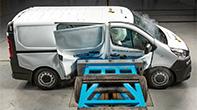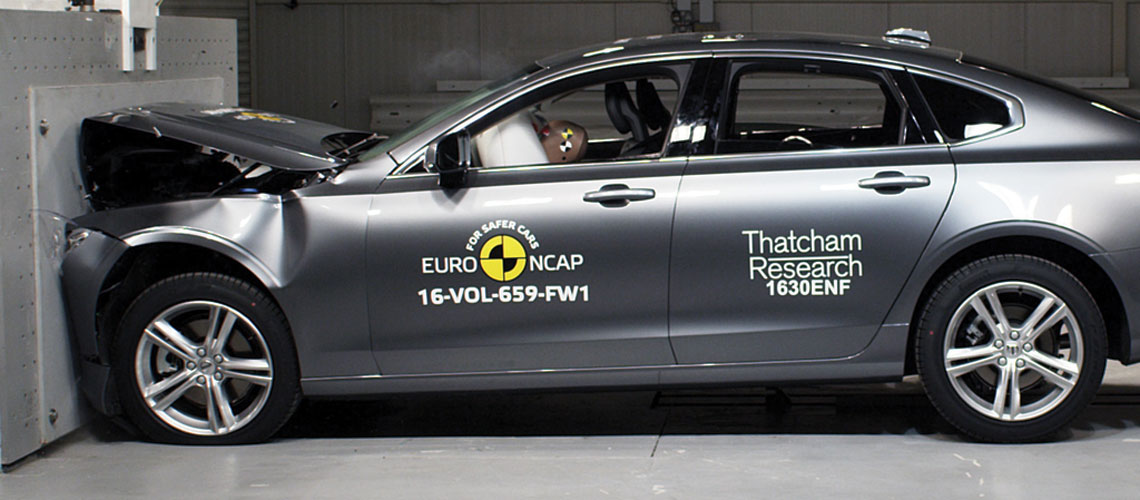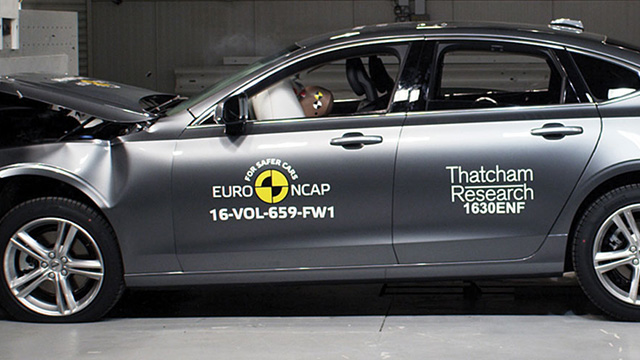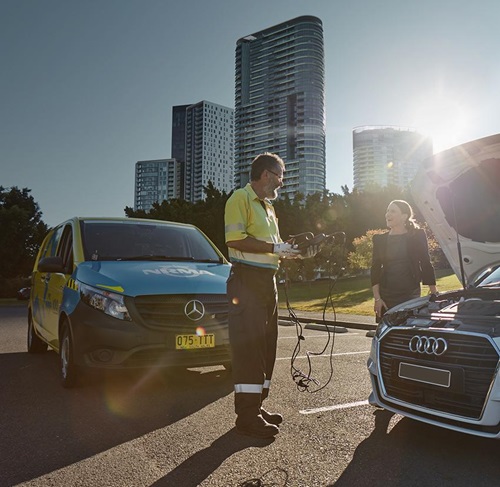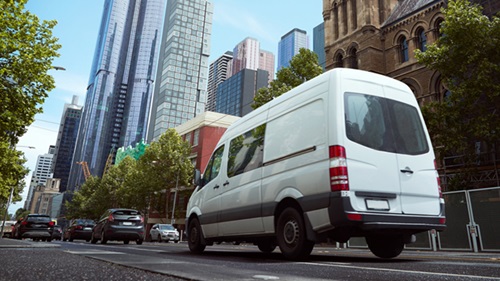The good news for businesses and fleet buyers
The good news is that more cars are achieving 5 star safety ratings, particularly light commercial vehicles. They've shown the most improvement, with 81% of vehicles tested in 2016 achieving a 5 star ANCAP safety rating (up from 59% in 2015). So whether you're in the market for a vehicle for your sales team or a van for your warehouse team, you'll be able to find a 5 star rated vehicle to suit your needs.
ANCAP recommends that businesses and fleet buyers do not consider vehicles that achieved less than five stars. A 5 star policy should become a foundation of WHS and vehicle buying policy.
Safety advancements
We've seen significant improvements in vehicle safety in recent years. Previously, vehicle safety focused on passive safety features such as: airbags and seat belts, but with the introduction of advanced safety assist technologies, the focus has now shifted to active collision avoidance technologies.
Manufacturers have developed a range of new Safety Assist Technologies (SAT) that are now being included in a wide range of vehicles.
These technologies include:
Autonomous Emergency Braking –AEB systems use Electronic Stability Control (ESC) and sensor technology to detect the speed and distance of objects in the vehicle's path and automatically brake if the driver does not respond in order to avoid or minimise the severity of an accident.
Electronic Stability Control (ESC) –In the event of a sudden change in speed and direction like swerving to avoid an obstacle, ESC helps to return the vehicle to a straighter and safer line. The vehicles onboard computer manipulates the delivery of engine power controlling the brake pressure applied to each individual wheel.
Lane Keep Assist – Lane Keeping Assist technology is designed to alert the driver when the system detects that the vehicle is about to deviate from a traffic lane.
Save the date
Requirements for each safety rating are increasing year by year so ANCAP can continue to provide motorists with the safest cars possible.
To ensure consumers are given clear, concise and consistent information, ANCAP has introduced a date stamp element to its range of rating logos.
The new date stamp element (e.g. "Tested 2017") reflects that years test requirements. Simply put, the later the year, the greater the testing rigour.



